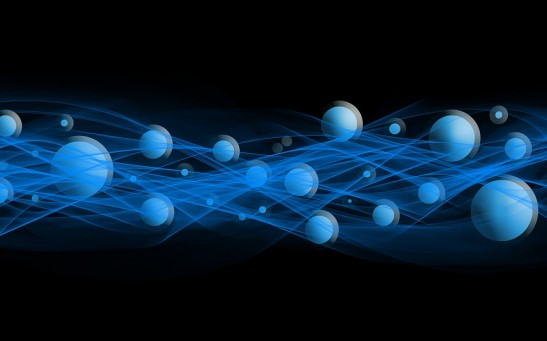quantum physics
Yale Creates Error-Correcting Cat for Quantum Computers
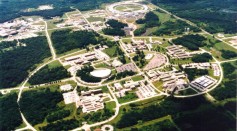
US Reveals Potentially Impenetrable Quantum Internet
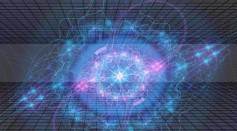
Physicists Experiment With Particles To Discover More Components in the Mysterious 'Quantum Soup'
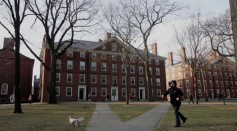
Harvard Physicists Are Able to Create Cold Atom Fermi-Hubbard AntiFerromagnet
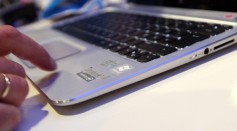
3D Quantum Liquid Crystals: New State Of Matter Discovered To Make Future Ultrafast Quantum Computers Possible
Large Hadron Collider Could Prove the Existence of Star Trek's Parallel Universe
VIDEO—Watch How Researchers Tricked Light Into Revealing Its Paradoxical Nature
The Light Theory—How Researchers Are Proving Einstein Right With a Snapshot
Most Popular

How Technology Is Changing the Real Estate Industry?

AI Revolution in Medical Education: Transforming How Healthcare Professionals Learn

Nikolay Karpenko Biography, Photo, Career, Accomplishments

Zombie Star Set to Light Up Night Sky: Blaze Star Could Erupt Soon

